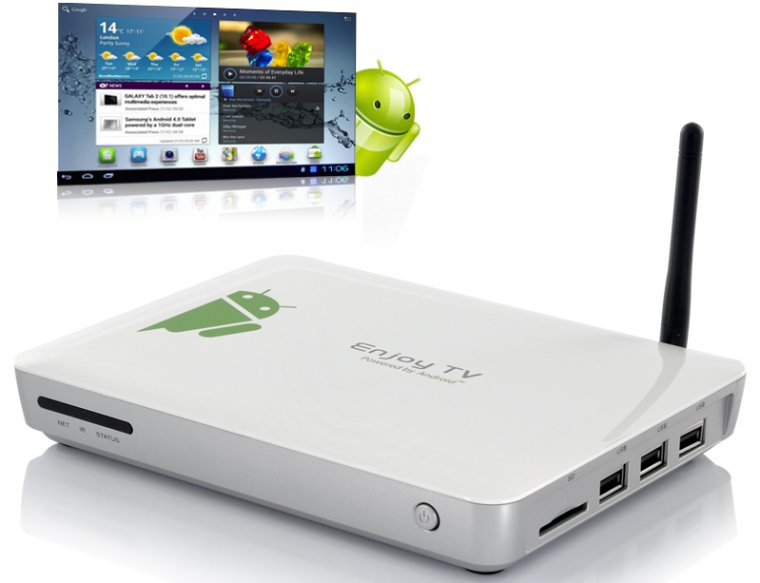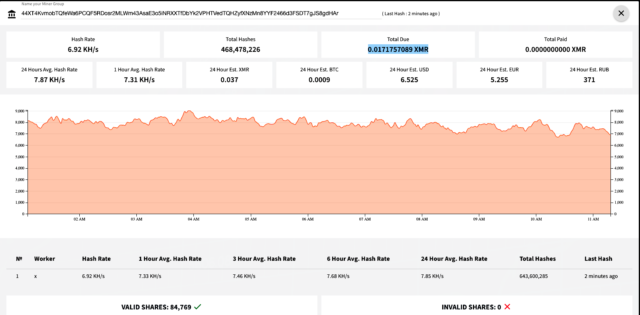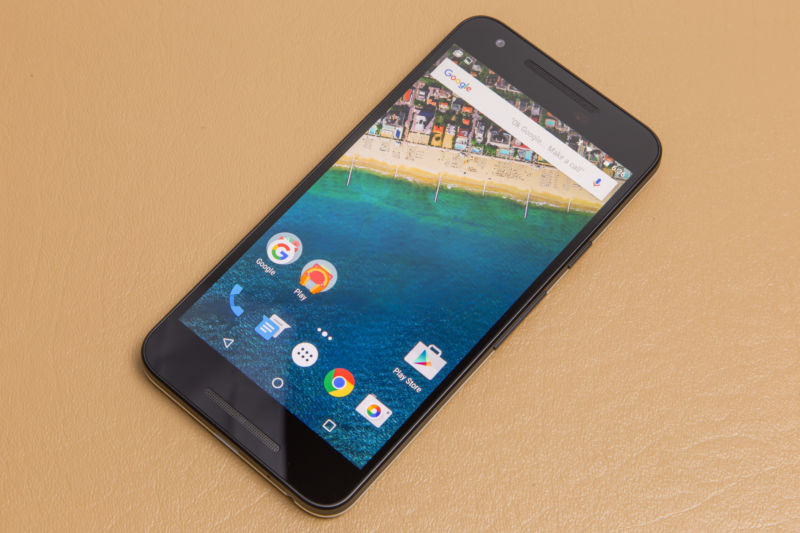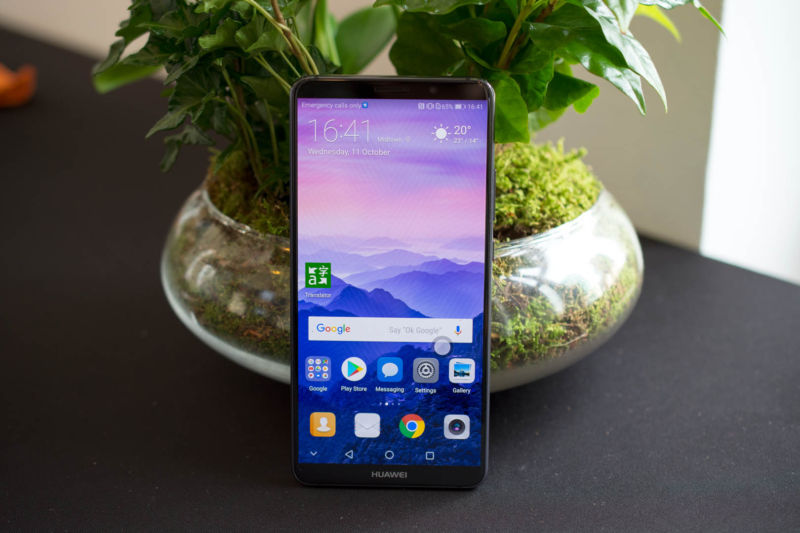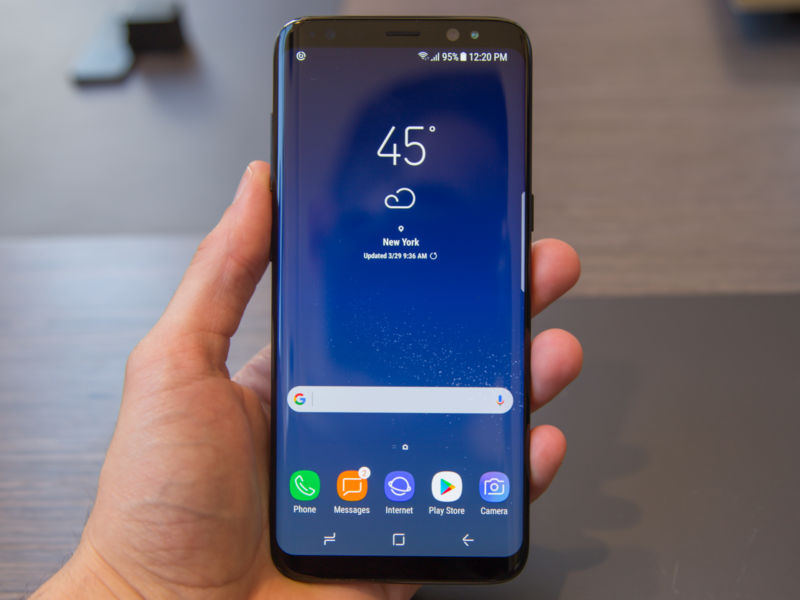Gear Sport review: The only fitness watch for Samsung die-hards
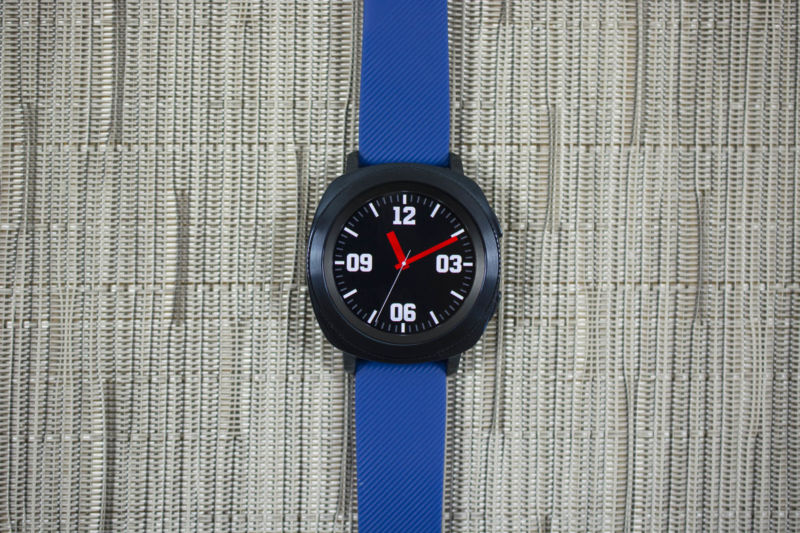
Despite recent watchOS dominance, Samsung hasn’t given up on Tizen. The OEM’s wearable operating system continues to power a bunch of devices made exclusively by Samsung, including the $249 (originally $299) Gear Sport. Introduced last year, the Gear Sport is the successor to the Gear S3 and the smartwatch cousin of the Gear Fit 2 Pro band.
It’s easy to forget about Tizen since it’s not as well known or well marketed as Android Wear or watchOS. But considering the Gear Sport can connect to both Android and iOS devices, users shouldn’t rule Tizen out of their smartwatch buying decisions. While the Gear Sport isn’t drastically different from the 2016 Gear S3, its updates make it a viable competitor to the top Android Wear devices and the latest Apple Watch.
Design
Here’s a controversial opinion: the Gear Sport is more attractive than the Apple Watch. From a pure design point of view, Samsung’s smartwatch looks more like a traditional watch than Apple’s wearable does, and Samsung did a good job marrying elements of regular timepieces and advanced smart wearables in one device.
The case is circular, but four slight corners give it a phantom square shape, with home and back buttons on its right edge. Attractiveness is ultimately subjective, but I give props to Samsung for making a smartwatch that looks so similar to a regular watch with less extra size and weight than its competitors.
Encircling the 1.2-inch Super AMOLED display is a textured bezel that you can rotate to scroll between options on the screen. Not only did I enjoy using this as an alternative to tapping and scrolling with my finger on the display, but its placement around the display makes it easier to use than Apple’s side-mounted digital crown. I defaulted to the rotating bezel over the touchscreen. Although the 360×360 full-color display is tempting to play around with since it is so crisp and bold.
Due to its shape and size, the Gear Sport is bulkier than the Apple Watch and even the Fitbit Ionic, but it doesn’t look as dramatic on my small wrist as other devices do. Samsung’s newest smartwatch is even smaller than its Gear S3 (lack of LTE support makes for a more compact device), and it could make a solid watch for most wrist sizes. Each model comes with a 20mm sport band that can easily be switched out or replaced thanks to quick-release pins at either end of the watch’s case.
Inside the Gear Sport is a dual-core processor, a slew of sensors, including an accelerometer, gyroscope, GPS, barometer, ambient light sensor, and heart-rate monitor. It has 768MB of RAM and 4GB of storage for music. It also has a 300mAh battery that should last about two days on a single charge. The entire watch is water-resistant up to 50 meters, making it capable of tracking swim exercises.
The battery life pleasantly surprised me: my Gear Sport lasted nearly three full days and two full nights before needing to be charged. This time included three recorded workouts and a decent number of notifications coming through to my wrist. I only put the watch in Do Not Disturb mode while sleeping so email notifications wouldn’t wake me up at 2am.
-
The $250 Gear Sport on its charging dock.Valentina Palladino
-
The case measures 42.9 x 44.6 x 11.6 mm.Valentina Palladino
-
It has two buttons: a home button and a back button.
-
The rotating bezel around the display makes scrolling easy.Valentina Palladino
-
There’s a heart-rate monitor on the underside.Valentina Palladino
-
There are quick-release pins for the 20mm bands.Valentina Palladino
-
This is the first page of the Tizen app drawer.Valentina Palladino
-
Here’s the quick-access settings menu.Valentina Palladino
-
Samsung Health tracks all-day activity.Valentina Palladino
-
Every recorded workout is logged and saved on the watch for later review.Valentina Palladino
Fitness chops
The device’s name signals the Gear Sport’s emphasis on fitness. Six out of the 10 preset widgets on the watch are health-related as well: calories burned, steps taken, floors climbed, heart-rate, workout, and quick-access exercise widgets immediately follow the watch face when you rotate the textured bezel. There are also a few watch faces that show fitness stats in small numbers and icons around the time, making that fitness information glanceable.
The workout widget summarizes the number of minutes you spent exercising that day and lets you begin a new workout. The Gear Sport has 17 workout profiles to choose from—the basics, including running, walking, and cycling are covered, as well as options like treadmill, elliptical, pilates, rowing machine, and others. While there aren’t as many available workout profiles as there are on the Apple Watch or the Garmin Vivoactive 3, the Gear Sport still offers enough to suit most people.
The rotating bezel allows you to select the workout you want to begin. Before doing so, you can change your target goal, the stats appearing on the workout screen, and the minute interval for guidance. Some exercises can have more than one workout screen due to the number of stats the Gear Sport can collect—running can have up to three screens to show pace, duration, heart rate, speed, distance, cadence, and more. The Gear Sport can only track so much during other activities, like those on an elliptical trainer, so they only have one available workout screen. However, you can rearrange the order in which the stats appear on those screens, regardless of whether one or more screens are available.
All-day tracking
Exercise tracking is simple and effective once you set your preferences. If you forget to start a workout manually, the Gear Sport can automatically recognize and record some exercises, like running, after 10 minutes of activity. Aside from smartphone notification or goal alerts, the Gear Sport won’t interrupt you during a workout. I loved how the time flashed at the top of the screen every time I turned my wrist up while exercising. Often, I’m using my smartwatch to check the time rather than my current exercise stats, so it’s helpful that Samsung found a way to include it on the workout screens without having it take up an entire section.
The Gear Sport’s heart-rate monitor is accurate, measuring my pulse within three BPM of Polar’s H10 chest strap at both high and low rates. I care most about recording my heart rate during exercise, but it’s possible to take a pulse measurement at any point throughout the day. The Gear Sport even lets you label these heart-rate measurements with categories like “resting,” “after exercise,” “fearful,” “sick,” and others so you can keep track of pulse changes as they relate to your state of being.
The GPS is just as accurate, and it’s quick as well. It took seconds for the GPS to locate me as I started a recorded walk around the block. A tiny GPS icon at the top of the Gear Sport’s display flashes green when it’s locating you and remains green when it’s tracking you. After an outdoor workout, a tiny map of your route appears at the end of the workout summary on the watch, and a larger map will accompany the workout notes in the Samsung Health mobile app.
Samsung makes good use of the Gear Sport’s display by putting nearly full workout details on the watch, ready for you to review any time after recording. Some devices force you to go to its companion mobile app to see full stats, graphs, and other data, but the Gear Sport includes a log of each recorded workout for that week with duration, calories, and heart-rate graphs and zone details on-screen. The same summary pops up immediately after you finish a workout, but it’s convenient to be able to review it again in full detail at any time.
For the few single-move workouts on the Gear Sport (jumping-jacks, crunches, etc.), a small human icon does the exercise on the Gear Sport’s display to show you the correct positioning before starting. While the device can count reps for these exercises, the numbers are hit or miss. Garmin still holds the crown for rep-counting accuracy on its wearables like the Vivosmart 3, but it’s a feature that Samsung was smart to include, and hopefully it will get more accurate with future Tizen software updates.
-
Samsung Health homepage.
-
Workout log.
-
Heart-rate graphs for data captured during one workout.
-
Confusing sleep log.
-
Step page and opening page of Programs.
-
Programs cover all sorts of activities including endurance training and running.
-
Demos of each exercise are included.
The Gear Sport also tracks sleep, but I wouldn’t wear it to bed every night considering its size. It was less obtrusive than I anticipated during the few nights I slept with it on, but it doesn’t help that its sleep tracking isn’t the best. On a night that I slept about eight hours, the Gear Sport measured just over eight hours the next morning—but things got weird when I checked out the stats in Samsung Health. My total sleep time was eight hours and fifteen minutes, according to the app, but a bar graph of my sleep stages showed data for just five of those hours.
It also listed my “actual sleep time” as just under four-and-a-half hours. There aren’t any explainers in the app as to what Samsung Health classifies as “actual sleep time” or “motionless” time (I assume the latter is deep sleep, but your guess is as good as mine), making the Samsung Health sleep page one of the more peculiar pages in the app.
As for the three-hour discrepancy in the sleep graphs, a Samsung representative could only chalk it up to a break during sleep (one that could be triggered by getting up for water or going to the bathroom). I didn’t get up from bed at all that night, but I do move around a lot and wake up while doing so. The next night, my sleep numbers and graphs matched up and correctly listed the number of total hours I slept, so it’s possible that the confusing first night was just a fluke.
Samsung Health mobile app
In general, the Samsung Health mobile app is a confusing amalgamation of different aspects of other fitness apps. It borrows bits and pieces from other programs (its customizable square “items” sections on the home page look nearly identical to those in Fitbit’s mobile app) to make a one-stop shop for reviewing exercise, daily activity, and workout routine data. I can’t get over simple oversights like this: when tapping on your daily activity bar graph, a steps figure page comes up with total steps taken today, total distance, and calories burned, but no workout data. Any exercise activity must be reviewed by tapping the running-man circle under the Goals section on the homepage. I’d much rather have a bar graph showing my activity levels by hour with both step and exercise data included on the same page.
Samsung Health also doesn’t integrate with Google Fit or Apple Health—a big drawback if you’re using the Gear Sport on a device that’s not made by Samsung. The app does connect to other third-party fitness programs like Fitbit, Strava, and MyFitnessPal, so you may find that one of your preferred fitness programs is compatible. But for anyone relying on Google’s or Apple’s health ecosystem, you’ll be out of luck.
Samsung Health does have one thing going for it: Programs. Although hidden in the app (in the triple-dot, right-corner settings menu and in the “manage items” tab at the bottom of the homepage), the Programs page lets you choose from a variety of exercise routines to follow. Everything from weight loss to endurance training, muscle-building, and running has a number of branded workout routines that you can add to your profile and complete at your own pace. Most of them clearly list the number of workouts in the program, how long the program lasts (some are just one week long, while others are multiple weeks), and a difficulty level. Many strength-based programs also have downloadable previews of exercises like squats and mountain climbers to show you how to properly complete them.
Programs are Samsung’s version of Fitbit Coach, but they are more like Microsoft’s guided workouts on the now-defunct Microsoft Band because they’re all accessible for free. Using a Samsung smartphone or a TV, you can watch the guided portions of the workout while you complete them and see real-time heart rate without looking at the Gear Sport every few minutes.
https://arstechnica.com/?p=1266441




